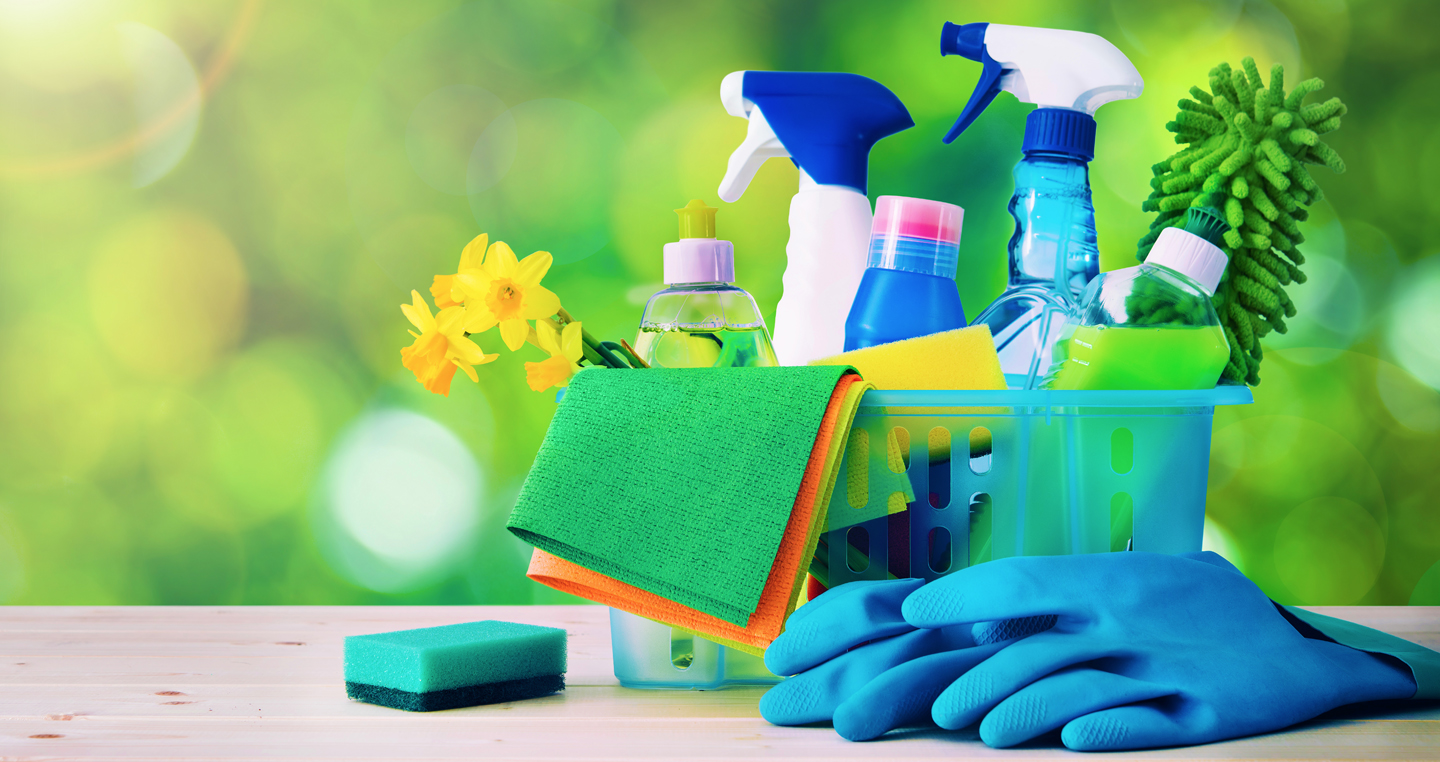Exactly how to Keep Your Home Clean: Everyday Cleaning Tips for Defrosted and Cleaned Every Few Months
Exactly how to Keep Your Home Clean: Everyday Cleaning Tips for Defrosted and Cleaned Every Few Months
Blog Article
Understanding the Demand for Completely Sanitizing and Sterilizing Often Touched Surfaces in High-Traffic Locations
In the world of public wellness and safety and security, the meticulous sanitation and sanitization of often touched surfaces in high-traffic locations stand as critical procedures in preventing the spread of harmful pathogens. By discovering the different facets of surface sanitation, from the dangers associated with ignoring cleansing methods to the efficient techniques that can be utilized, a more clear understanding arises of the essential role these techniques play in securing public wellness.
Relevance of Surface Area Sanitation
Emphasizing the extensive sanitation of high-traffic surfaces is essential in maintaining a hygienic setting and preventing the spread of hazardous pathogens. High-touch surfaces such as door takes care of, light buttons, elevator switches, and kitchen counters serve as breeding grounds for viruses and microorganisms. Normal sanitation of these surface areas is important to reduce the threat of contamination and transmission of diseases.
By carrying out a durable disinfection method, establishments and organizations can create a more secure environment for employees, visitors, and clients. Correct surface sanitation not only minimizes the spread of transmittable illness but additionally imparts confidence in the cleanliness and safety and security of the facilities. This positive strategy demonstrates a commitment to wellness and wellness, which is specifically crucial in high-traffic locations where the likelihood of exposure to pathogens is heightened.
In addition, surface area sanitation plays an essential duty in total infection control techniques. Incorporated with hand health methods, wearing masks, and maintaining physical distancing, detailed disinfection of high-touch surfaces develops an extensive defense versus the transmission of hazardous microorganisms. Focusing on surface area sanitation is an essential element of an alternative technique to health and wellness and safety and security in common spaces.
Dangers of Ignoring Cleaning Practices
Neglecting thorough disinfection of high-traffic surfaces considerably increases the risk of bacterial and viral contamination, posing a severe danger to the health and wellness of individuals often visiting these areas. Failure to carry out proper cleaning techniques can result in the build-up and spread of hazardous pathogens, consisting of germs and viruses, on regularly touched surface areas such as doorknobs, hand rails, elevator switches, and kitchen counters.

Additionally, disregarding the importance of comprehensive cleansing not just compromises the well-being of individuals yet likewise weakens initiatives to keep a tidy and sanitary atmosphere. It is essential to acknowledge the value of appropriate disinfection methods in avoiding the spread of infections and safeguarding public health and wellness.
Effective Sanitation Techniques
To preserve optimal sanitation and lower the threat of contamination on high-traffic surfaces, using effective sanitation techniques is crucial. One of the most typical and efficient sanitation techniques is making use of chemical anti-bacterials.
One more reliable technique is the usage of UV-C light. UV-C light has been shown to be reliable in eliminating a vast range of microorganisms by disrupting their DNA framework, therefore stopping them from reproducing. Nevertheless, it is important to use UV-C light correctly, making certain that the appropriate intensity and exposure time are applied to accomplish the desired disinfection outcomes.
Furthermore, employing steam cleaning as a disinfection technique can be highly efficient, specifically on surfaces that are heat-resistant. Heavy steam can permeate permeable surfaces and eliminate bacteria, viruses, and various other pathogens efficiently. When using heavy steam cleansing, it is necessary to make sure that the surface gets to the called for temperature for an adequate amount of time to assure correct sanitation.
Influence on Public Wellness
The upkeep of high requirements of sanitation and disinfection on high-traffic surface areas plays a vital role in safeguarding public wellness. Often touched surface areas in locations with high step, such as doorknobs, handrails, lift switches, and restroom centers, act as reproducing grounds for unsafe virus. Stopping working to appropriately decontaminate these surfaces can result in the quick spread of transmittable diseases within areas. By carrying out thorough sanitation procedures, the danger of transmission of viruses, microorganisms, and other germs can be dramatically lowered.
In high-traffic areas like airports, institutions, health centers, and public transportation systems, the effect of rigorous sanitation measures can not be understated. Prioritizing the sanitization of regularly touched surfaces is a proactive strategy to advertising public wellness and enhancing the security of individuals in common rooms.
Implementing Regular Cleansing Protocols
Immediately setting up and adhering to a constant routine of cleaning methods is paramount for maintaining the tidiness and safety of high-traffic surfaces. Normal cleansing procedures are necessary in preventing the accumulation of bacteria and microorganisms on regularly touched surface areas, particularly in locations with high foot traffic. By applying a systematic approach to cleansing, organizations can effectively reduce the risk of illness transmission and produce a much healthier setting for workers, customers, and Full Article the public.
To develop a reliable cleansing routine, it is crucial to determine high-traffic areas that require regular focus. These locations may include doorknobs, handrails, elevator switches, toilet centers, and common tools. Executing a routine cleansing routine that targets these surfaces numerous times a day can significantly lower the spread of hazardous bacteria and infections.
In addition, making use of proper cleansing representatives and disinfectants is essential to making certain that surfaces are completely sanitized. Routine training of cleansing personnel on correct cleansing methods and the relevance of adherence to the cleaning schedule is additionally essential in maintaining a hygienic setting. By focusing on consistent cleansing procedures, companies can advertise the wellness and well-being of individuals that interact with these high-traffic surface areas.

Verdict
To conclude, it is crucial to focus on complete sanitation and sanitization of regularly touched surfaces in high-traffic locations to avoid the spread of harmful pathogens and keep public health. click Neglecting appropriate cleaning techniques can raise the danger of contamination and transmission of diseases. By implementing normal cleaning protocols and making use of reliable disinfection approaches, we can develop a safer environment for everyone (Scrub the Surfaces). It is important to recognize the importance of maintaining tidy surfaces in high-traffic areas to make sure the well-being of the community.
In the realm of public wellness and security, the thorough sanitation and sanitization of frequently touched surfaces in high-traffic locations stand as vital measures in preventing the spread of unsafe microorganisms. By discovering the numerous elements of surface area disinfection, from the threats linked with disregarding cleansing protocols to the efficient techniques that can be employed, a clearer understanding arises of the important duty these practices play in safeguarding public wellness.Furthermore, utilizing heavy steam cleaning as a disinfection approach can be extremely effective, specifically on surface areas that are heat-resistant. When utilizing steam cleansing, it is vital to make certain that the surface reaches the called for temperature level for an adequate quantity of time to ensure correct disinfection.
In verdict, it is vital to prioritize complete disinfection and sanitization of often touched surfaces in high-traffic locations to stop the spread of that site damaging microorganisms and maintain public wellness.
Report this page